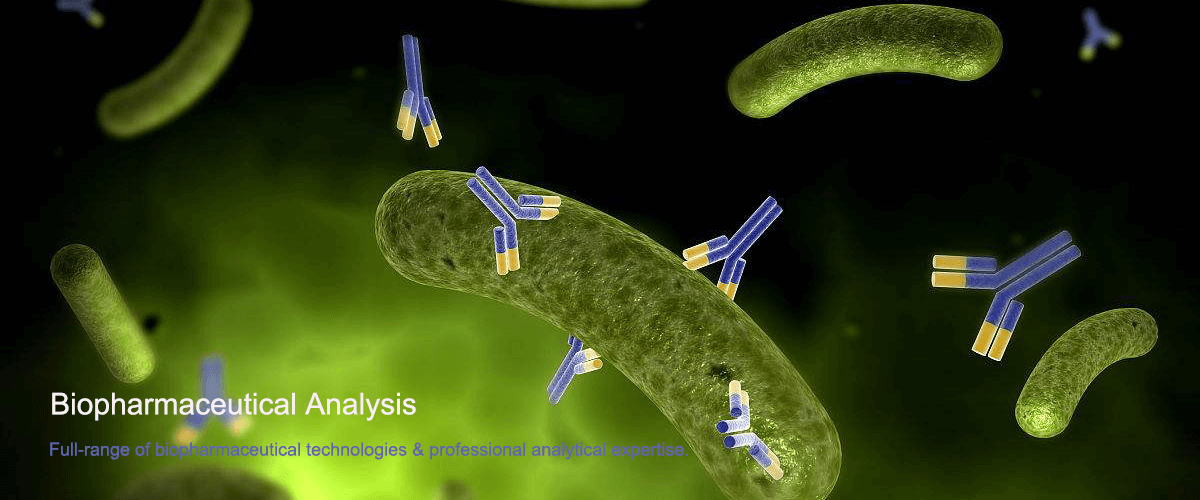How to Measure the Extinction Coefficient of a Fluorescent Protein
The extinction coefficient of fluorescent proteins (FPs) is determined using a spectrophotometer, which measures their concentration by analyzing absorbance at specific wavelengths. The general procedure involves three steps: calculating the theoretical molar extinction coefficient, preparing the sample, and applying the Beer-Lambert law.
1. Calculation of Theoretical Molar Extinction Coefficient
The theoretical molar extinction coefficient is calculated based on the amino acid sequence of the FP, using established computational methods.
2. Sample Preparation
Purified FP samples are prepared, and their absorbance at the peak wavelength is measured with a spectrophotometer.
3. Application of the Beer-Lambert Law
The extinction coefficient is calculated using the Beer-Lambert law, expressed as A=εlcA = \varepsilon lc, where AA represents absorbance, ε\varepsilon is the extinction coefficient, ll is the path length, and cc is the sample concentration. Given known values of AA, ll, and cc, ε\varepsilon can be determined.
MtoZ Biolabs, an integrated chromatography and mass spectrometry (MS) services provider.
Related Services
How to order?







